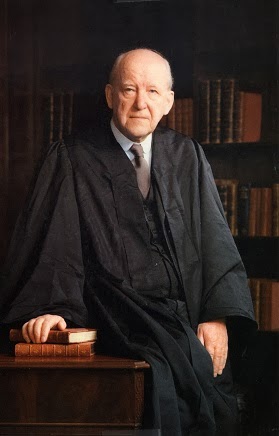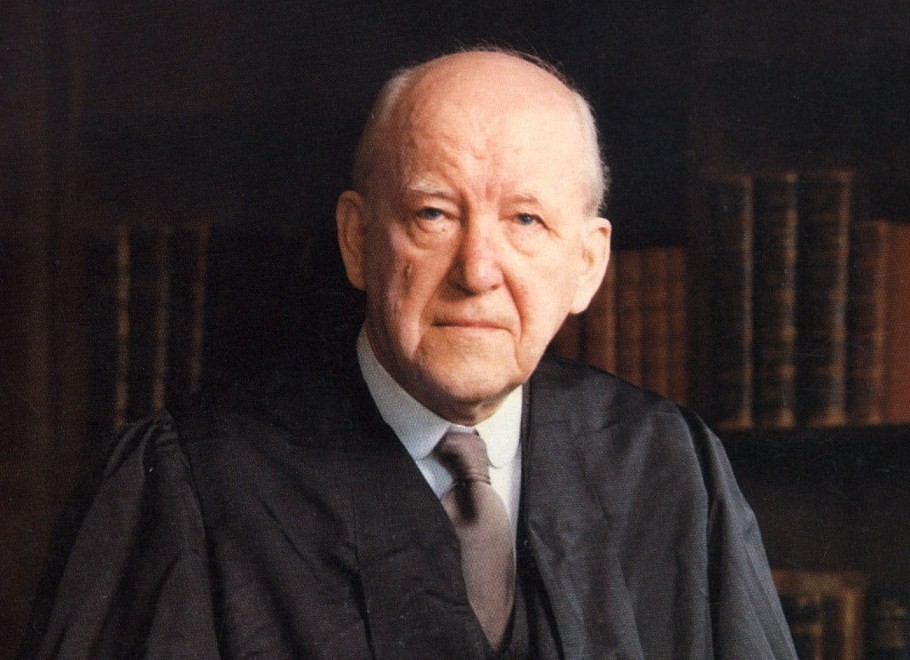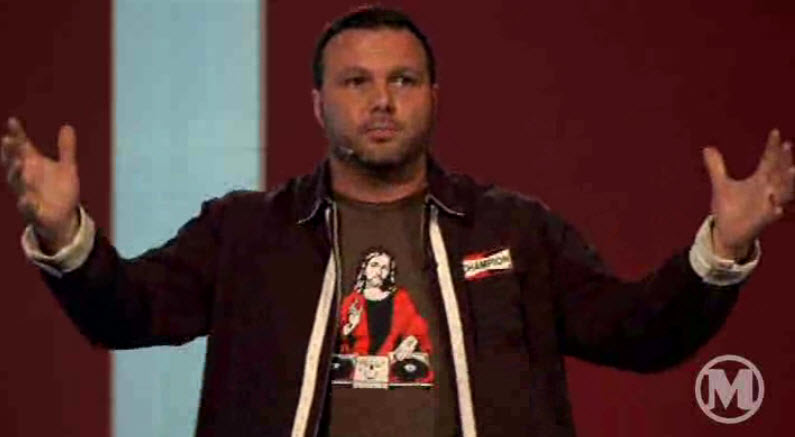The vestment, robe, or cassock used to be all the rage in Protestant evangelicalism. Although associated with Catholicism in the minds of American Christians, the historical reality is that the garment was called the “Geneva Gown.” It developed among the Reformers of Western Europe who rejected the dress of the Papist clergy, but whose preachers often wore vestments associated with their status as academic scholars. The point, they presumed, is that people should not be focusing at all upon their dress, and so they developed the tradition of wearing the Geneva Gown to accentuate their message rather than accentuate the messenger.

It wasn’t that long ago that Reformed ministers wore the Geneva Gown when they preached. Consider, for example, the late Dr. Martin Lloyd-Jones. Jones said…
…I believe it is good and right for a preacher to wear a [Geneva] gown in the pulpit…The gown to me is a sign of the call, a sign of the fact that a man has been ‘set apart’ to do this work. It is no more than that, but it is that.
Many have agreed with him over the ages.
French Calvinist, Richard Paquier, said the following in his book, “Dynamics of Worship”: It is natural that the man who officiates in the worship of the Church be clothed in a manner corresponding to the task assigned to him and expressing visibly what he does. Moreover, whoever leads in the act of worship does not perform as a private party but as a minister of the Church; he is the representative of the community and the spokesman of the Lord. Hence, an especially prescribed robe, a sort of ecclesiastical “uniform,” is useful for reminding both the faithful and himself that in this act he is not Mr. So-and-so, but a minister of the Church in the midst of a multitude of others.”
Why might a Geneva gown not be that bad of an idea? Not only does it recognize that the pastor is an officer of the organized church, it serves the purpose of hiding the preacher in a bond of modesty before the congregation. One thing is for sure; no one will go home talking about what the preacher was wearing.
For a thorough explanation of the Geneva Gown, click here.
I recognize the sensationalism and seemingly novelty of my suggestion that the clerical robe may not be that bad of an idea. But, consider what is common today…
The fellow above is Carl Lentz, Hillsong New York pastor. If you think he may dress more manly in the pulpit (to be fair, he doesn’t use a pulpit), this is a photo of him preaching.
And this is popular preacher, Steven Furtick, complete with skinny jeans with manufactured tears…
And this is Mark Driscoll, who apparently has little respect for the 2nd Commandment…
This is Nadia Bolz-Weber, preaching, while showing off all of her tattoos…
Here’s Jeff Durbin and Luke Pierson, sporting their hipster bedazzle…
There is zero doubt that the more serious Christianity is on decline in culture, the less respect pastors have for decorum and respectability in their appearance. While we look at pastors who refuse to preach without a tie as being old, stuffy fuddy-duddies, pastors who preach while sporting their tattoos, face jewelry, glittered pants and gaudy costume jewelry should at least make us raise an eyebrow. Is this what has come of the pastorate? This?
Far have we come from when exposition was seen as so important and indeed, so sacred, that men tried their best not to stand out by taking upon themselves worldly style. They would rather hide behind a black cloak than having people talk about what they were wearing on the way home. Today, Ed Young actually has a website to teach pastors how to be fashionable.
The magazine, Fashionista, says that Carl Lentz and Judah Smith are “reaching people” through fashion. They write, “With millennials leaving the American church in droves, how do these pastors continue to draw thousands of young, culturally aware people to their Sunday worship services? The answer is complex, of course, but there’s no doubt that fashion plays at least a supporting role.”
There is little doubt that this type of gimmickry is not quarantined to Arminians circles, as the YRR (Young, Restless, and Reformed) movement is steeped in “coolness,” as seen in the hipster fashion of its most prominent advocates. Even Reformed arch-Calvinist, James White, sports tattoos that endear him to the younger, bearded type of coolness that pervades New Calvinism.
Is it fair to say that days of respectable dress among clergy are behind us? Are ties now taboo? Can ministers just ink up their skin in a way that was once reserved for sailors, bikers, and felons? Should we just get used to ripped jeans in the pulpit? Does even asking these questions make us fundamentalist, legalist Pharisees? Does the Bible really have nothing to say about dress?
In fact, the Bible has much to say about dress and appearance, in both the Old and New Testaments. A few basic Scriptural tenets inform our understanding of dress and modesty.
First, the very invention of clothes demonstrates theological realities. Clothes exist to cover man’s shame, which is analogous to nakedness (Genesis 3). People with no shame wear few clothes. Likewise, people with conscientious shame are modest. Whether by nakedness or “peacocking” (drawing attention to oneself through appearance, like bedazzling the butt of your jeans, wearing clothes to get attention, inordinate jewelry, and so forth), the attempt to make how one adorns their body a focus of attention is inherently immodest. To engage in immodesty (whether flesh peddling or peacocking) is to act contradictory to God’s design.
Secondly, the Bible gives great detail to clothes, eradicating any notion that “God doesn’t care what you wear.” Exodus 28 and 39 both explain in detail what priests should wear, and calls their fashion, “with dignity and honor.” While certain aspects of Old Testament divinely-inspired clothing design were types and shadows fulfilled in the priesthood of Christ, there’s a definite indication that God is not altogether fashion-neutral. The tassels mandated for the end of their garments in Numbers 15:38 demonstrate that God desired his people to dress in a set-apart fashion from the world, and the general equity of that now-passed-away law still echoes to us the purpose of God in clothing. Detailed instructions are given in 1 Timothy 2:9-10 and 1 Peter 3:3-5 regarding limitations on our external adornment.
Third, setting standards of decency for laymen or expecting pastors to dress respectably is not bad, just because minute definitions of “decent” and “respectable” are hard to come by. Every Christian should acknowledge that the Bible demands modesty of us, but many are raving mad the moment you call something (or someone) immodest. Their defense is that modesty is impossible to define, therefore it’s practically futile to aim for it. On one hand, they believe in modesty, but on the other hand, they refuse to define it under the dreadful fear they’ll be accused of legalism. In fact, the definition is clear – that which needlessly draws undue attention to self and that which has clear association with worldliness is immodest.
Fourth, assuming that the way these pastors dress may not technically be sinful (if that’s your position), perhaps we could agree that it’s not helpful. It comes across, frankly, as a desperate attempt to look cool. They look like a 9th grader at an under-18 nightclub. If they don’t have a lack of respect for the pulpit, they certainly look like it. If you’re going to wear jeans you have to pry off with a shoe horn and draw all over your arms, perhaps those Geneva Gowns aren’t a bad idea after all.
Perhaps churches can give their pastors a warning. If they keep dressing like a primadonna teenage girl, the Geneva Gown will become mandatory.


















